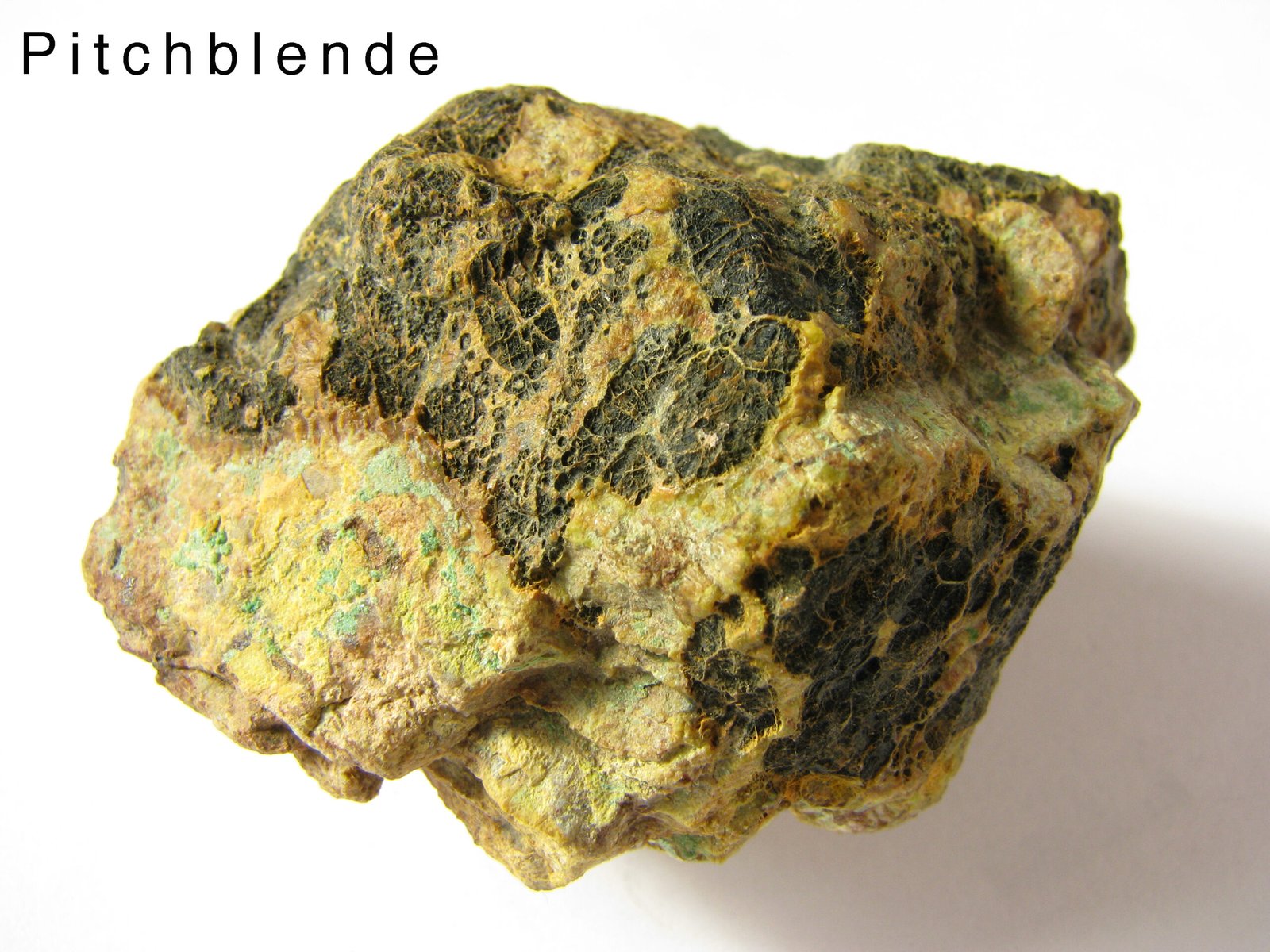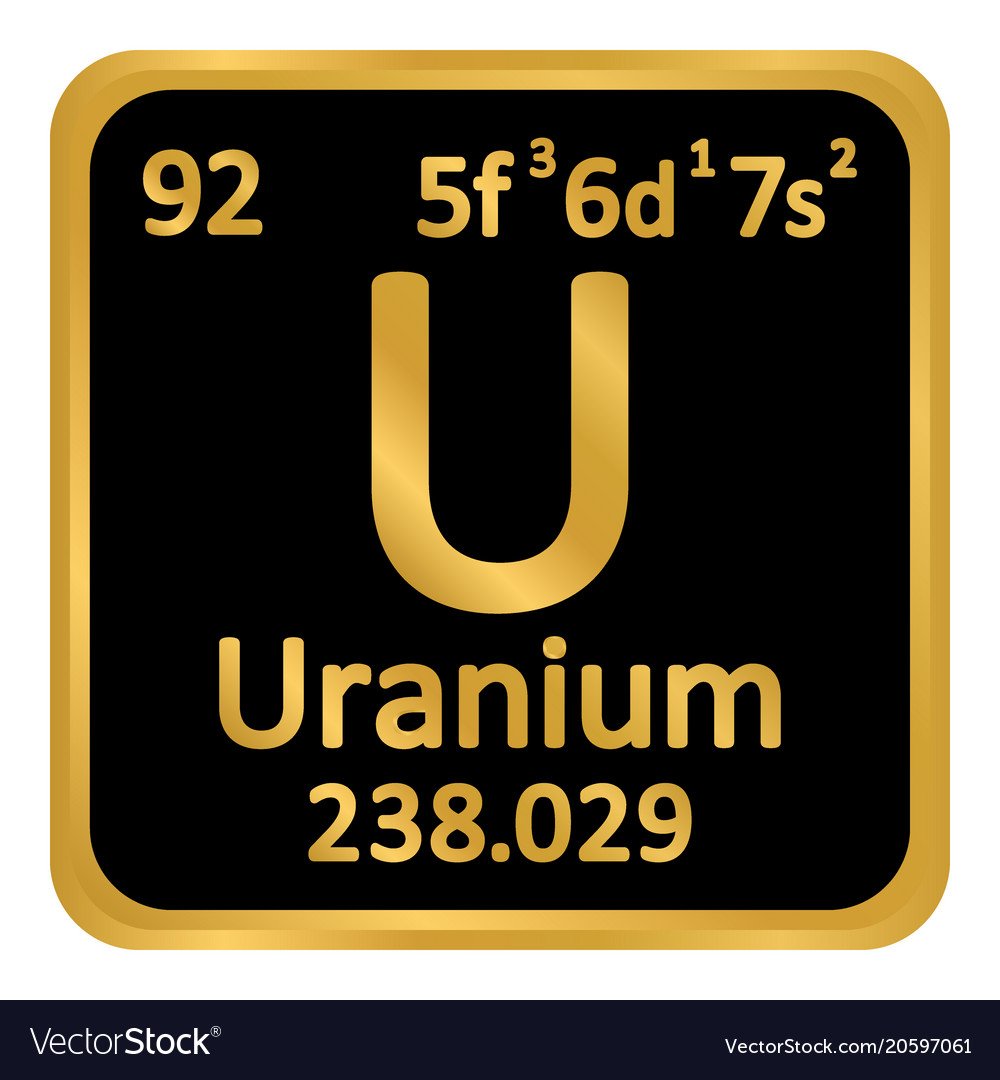Actinides are a special group of metallic elements with radioactive properties. They are metals ranging from the atomic number of 89 to 103 in the periodic table. These elements play an important role in nuclear chemistry.
Location
The modern periodic table contains two group of elements which are usually placed at the bottom of the table. Actinides are a group of elements in the bottom of the two rows. The other group is known as Lanthanides. In addition they are placed in the bottom part of periodic table and not added in the table due to there properties and adding them can make the table confusing and wide.
Elements
The Actinide series contains a total of 15 elements. The electronic configs of the elements utilize the f sublevel. Lawrencium is an exception to this rule and is a d block element. This series starts with depending on the interpretation of the periodicity of the elements with Actinium or Thorium, continuing to Lawrencium. The list contains the below elements.
- Actinium(Ac)
- Thorium(Th)
- Protactinium(Pa)
- Uranium(U)
- Neptunium(Np)
- Plutonium(Pu)
- Americium(Am)
- Curium(Cm)
- Berkelium(Bk)
- Californium(Cf)
- Einsteinium(Es)
- Fermium(Fm)
- Mendelevium(Md)
- Nobelium(No)
- Lawrencium(Lr)
Abundance
The top two most found actinides in the Earth’s Crust are Thorium and Uranium. The next two are Plutonium and Neptunium which come present with Uraniums ores. Actinium and Protactinium are said to be present due to the decay of certain Thorium and Uranium Isotopes. The others are primarily synthetically made and could be found as decay products of heavier elements.
Common Special Properties of Actinides
- All the elements are radioactive in nature with no stable isotopes.
- They are highly electropositive.
- These metals get tarnished when contacted by ambient air.
- They are said to be pyrophoric in nature(spontaneously ignite in air).
- They are very dense metals with unique structure combinations. They have many allotropes with Plutonium having at least 6.
- They are found to be reactive to boiling water or diluted acid to release Hydrogen.
- These are said to soft in nature and could be cut with a knife.
- They are malleable and ductile in nature.
- They are also paramagnetic in nature.
- They display several valence states, more when compared with Lanthanides and are prone to hybridization.




